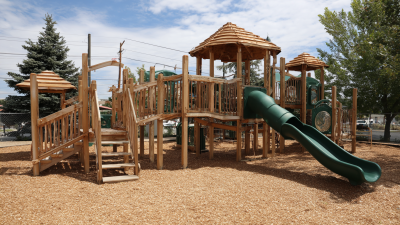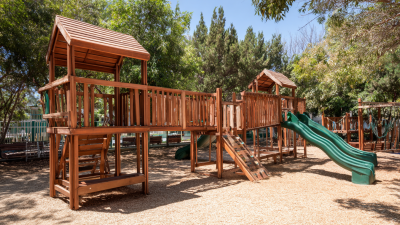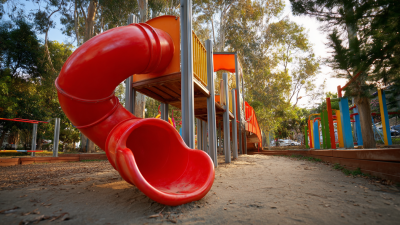 +86-13901441113
+86-13901441113




In today's world, the importance of outdoor play for children's development cannot be overstated. According to the American Academy of Pediatrics, unstructured outdoor play not only fosters physical fitness but also enhances creativity and social skills. Furthermore, a report by the National Association for the Education of Young Children highlights that quality outdoor playground toys can significantly improve child engagement, leading to longer play durations and deeper interactions with peers. As parents and educators look to create engaging, safe, and stimulating outdoor environments, the selection of appropriate outdoor playground toys becomes crucial. This blog aims to provide insights into choosing these toys wisely, ensuring they meet both safety standards and promote maximum engagement for children.
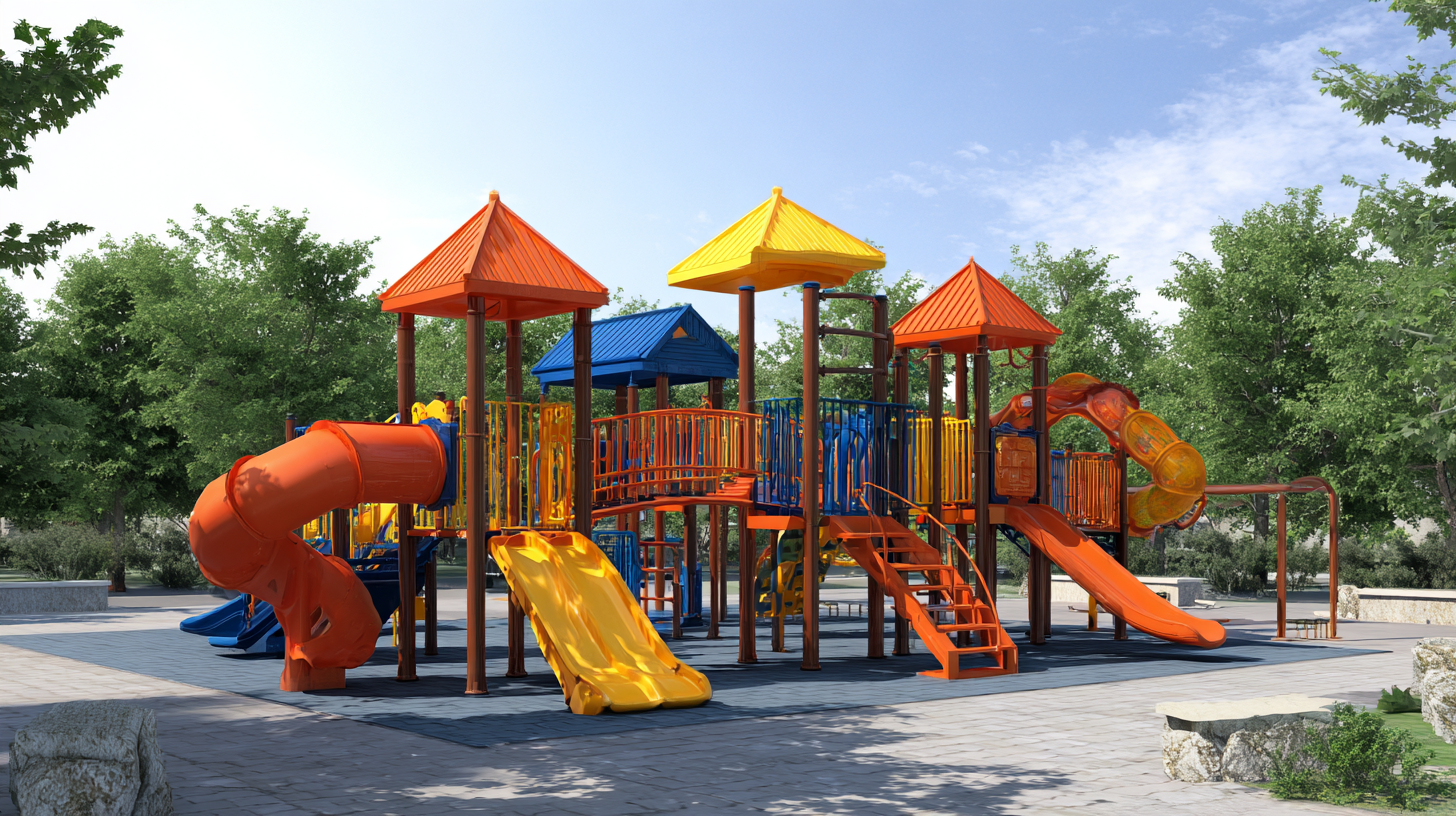
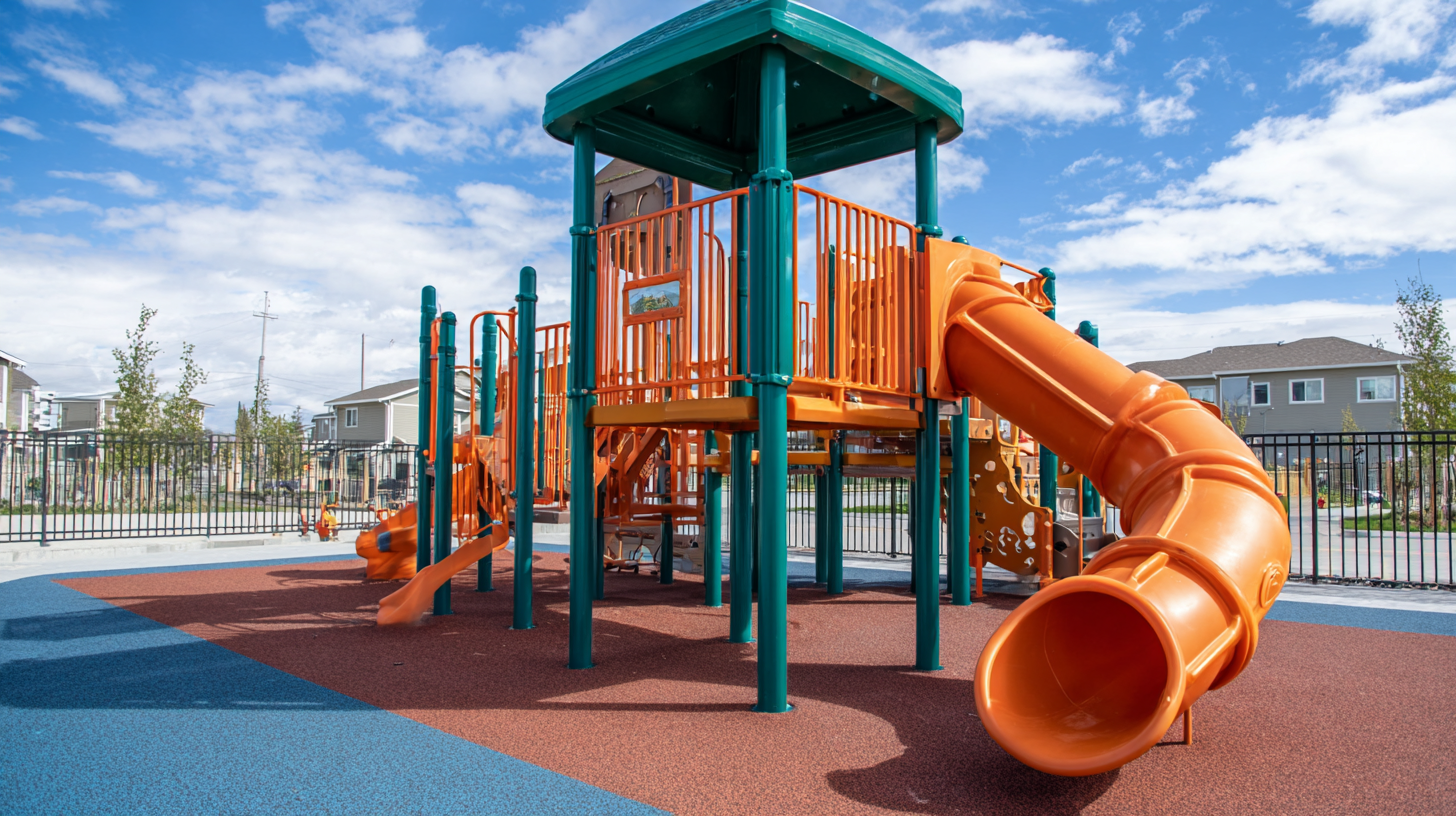 When selecting outdoor playground toys, safety should be the paramount concern for parents. Ensuring that toys meet safety standards is crucial to protect children during playtime. Look for materials that are non-toxic, durable, and suitable for outdoor use, as this not only enhances safety but also extends the lifespan of the toys. For instance, many recent innovations focus on multi-criteria decision-making approaches that evaluate factors such as safety, affordability, and sensory experiences, particularly for children with special needs. These considerations allow parents to provide a safe and engaging play environment.
When selecting outdoor playground toys, safety should be the paramount concern for parents. Ensuring that toys meet safety standards is crucial to protect children during playtime. Look for materials that are non-toxic, durable, and suitable for outdoor use, as this not only enhances safety but also extends the lifespan of the toys. For instance, many recent innovations focus on multi-criteria decision-making approaches that evaluate factors such as safety, affordability, and sensory experiences, particularly for children with special needs. These considerations allow parents to provide a safe and engaging play environment.
Additionally, it's important to assess the age appropriateness of the toys being selected. Toys designed for older children may pose risks for younger ones. Encouraging outdoor play through suitable toys not only fosters a child’s physical development but also nurtures social skills and creativity. Current trends highlight a growing preference for toys that promote activity and educational value, aligning with the understanding that active play is essential for healthy child development. Opting for toys that offer interactive features can significantly enhance child engagement while ensuring that safety remains a top priority.
When selecting outdoor playground toys, it’s essential to focus on features that promote active play and encourage child interaction. Toys should spark imagination and creativity while providing opportunities for physical movement. Consider equipment that can accommodate multiple children, such as climbing towers, slides, and multi-sport play areas. These types of structures not only boost engagement but also foster cooperation and teamwork among kids.
To ensure maximum child engagement, look for toys that have varied textures, colors, and moving parts. These engaging elements can captivate children’s attention and invite them to explore different ways of playing. Incorporating sensory features, like water play stations or sandboxes, can enhance the interactive experience and provide opportunities for cooperative play.
Lastly, make safety a priority by selecting toys made of durable, non-toxic materials with rounded edges. Ensure the play area has enough space and cushioning, such as rubber matting or grass, to prevent injuries during play. Regular maintenance and inspections of the playground equipment will also help keep the space safe and enjoyable for all children.
| Feature | Description | Safety Rating (out of 5) | Engagement Level (out of 5) |
|---|---|---|---|
| Climbing Structures | Encourage physical strength and coordination | 4 | 5 |
| Swing Sets | Promote balance and movement | 5 | 4 |
| Slides | Encourages excitement and quick movement | 5 | 5 |
| Sandboxes | Supports creative play and sensory experience | 4 | 5 |
| Balance Beams | Enhances balance and concentration | 4 | 4 |
| Interactive Panels | Encourages cooperative play and learning | 5 | 5 |
When selecting outdoor playground toys, the durability of materials and their resistance to weather conditions play a pivotal role in ensuring maximum engagement and safety for children. Toys made from high-quality, non-toxic plastics or treated wood can withstand the rigors of outdoor play. UV-resistant materials help prevent fading and wear from sunlight, while rust-resistant metals ensure that fixtures maintain their structural integrity despite exposure to moisture. Opting for these materials not only extends the lifespan of playground equipment but also helps maintain a safe environment for children free from sharp edges or breakage.
Additionally, it's crucial to consider the impact of varying weather conditions on playground toys. Equipment designed for resilience against rain, snow, and extreme temperatures can provide children with endless opportunities for play, regardless of the seasons. Choosing features like sealed joints and waterproof coatings can significantly reduce maintenance effort and keep the toys in pristine condition. By prioritizing material durability and weather resistance, parents and caregivers can create a safe and engaging outdoor space that encourages active play and fosters immunity to the elements.
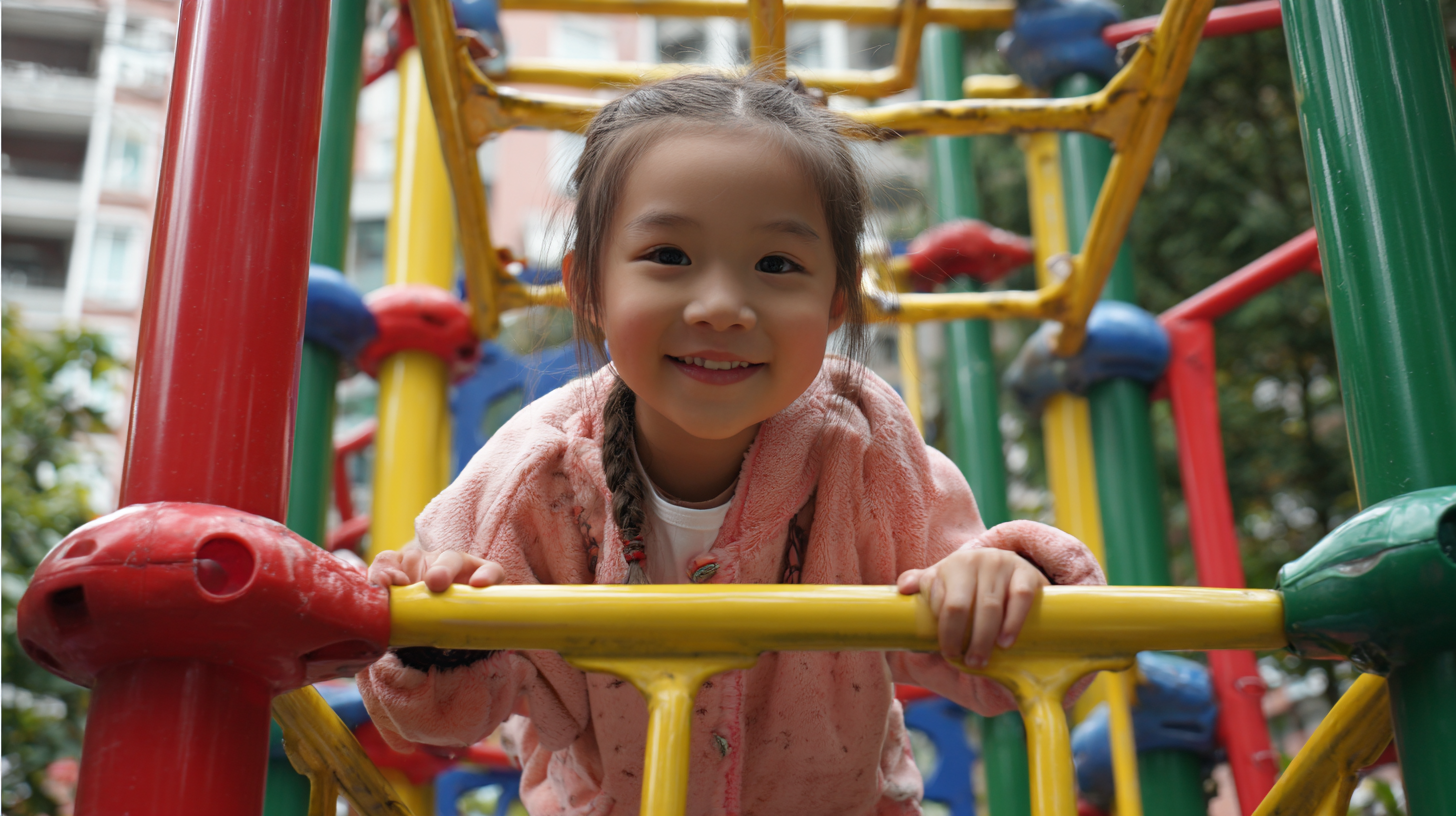
When selecting outdoor playground toys, considering age appropriateness is crucial to fostering engagement and ensuring safety. Different developmental stages require specific types of toys to cater to the evolving skills and interests of children. For instance, toddlers benefit significantly from simple climbing structures and soft activity centers that promote gross motor skills without the risk of injury. These toys not only stimulate their physical abilities but also encourage social interaction and imaginative play.
As children grow into preschool and early elementary stages, their needs shift towards more complex and challenging toys that stimulate problem-solving and teamwork. Structures like multi-level playsets with slides and bridges allow for collaborative play, helping children develop fine motor skills and social connections. It’s essential to assess both the height and design of these toys to minimize potential risks, ensuring they are suitable for the specific age group they are intended for. By prioritizing age-appropriate toys, caregivers can create a playful environment where children can safely explore and thrive.
Creating an inclusive playground is essential to ensure that children of all abilities can engage in play. When selecting outdoor playground toys, it’s crucial to consider various interests and physical capabilities. For instance, opt for multi-sensory equipment like tactile panels, musical instruments, and climbing structures that accommodate different skill levels. Swings with harnesses and wheelchair-accessible ramps allow children with mobility challenges to join in the fun alongside their peers, making the playground a welcoming space for everyone.
Moreover, incorporating open-ended toys such as large building blocks, sand and water play stations, and collaborative games encourages creativity and social interaction among children. These toys foster communication and teamwork, enabling all kids to feel part of a community. By thoughtfully designing playgrounds with diverse toys that cater to various interests and abilities, we cultivate an environment where every child can explore, learn, and thrive through play.
